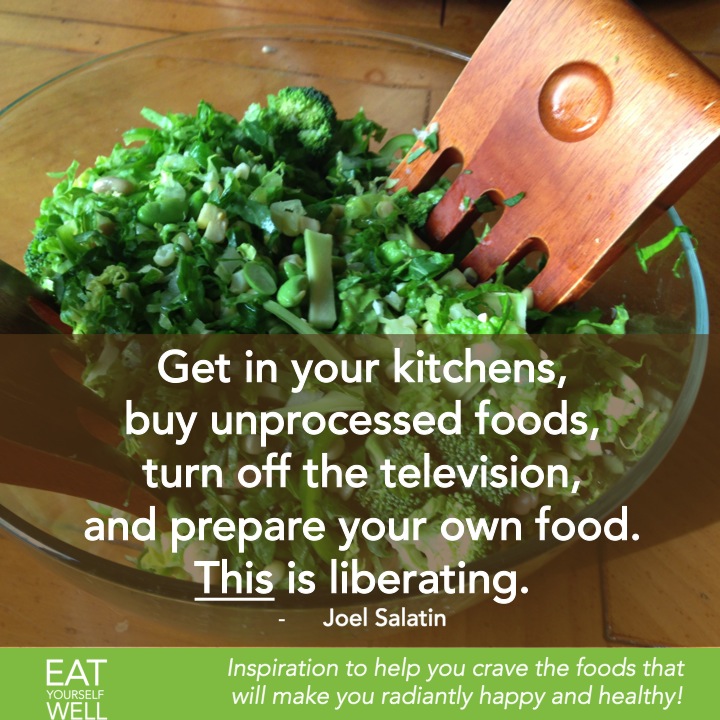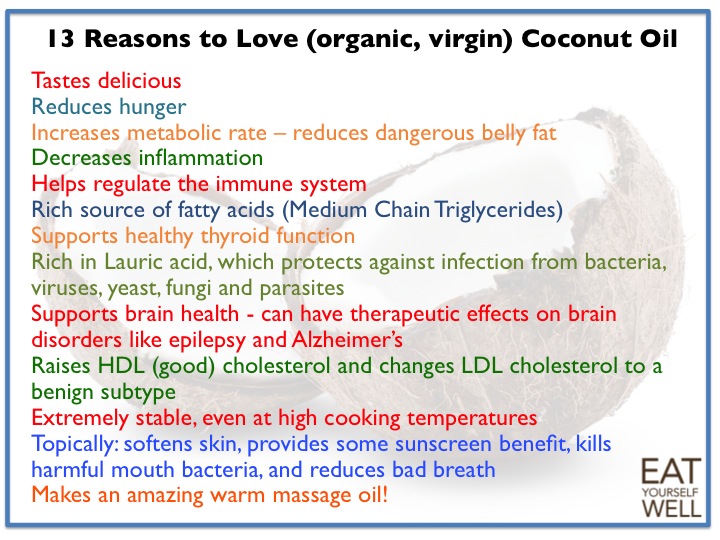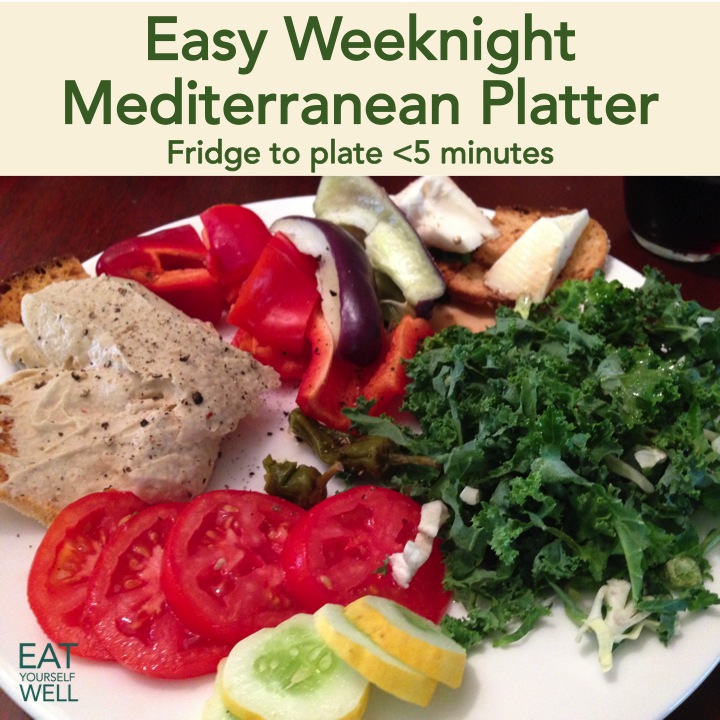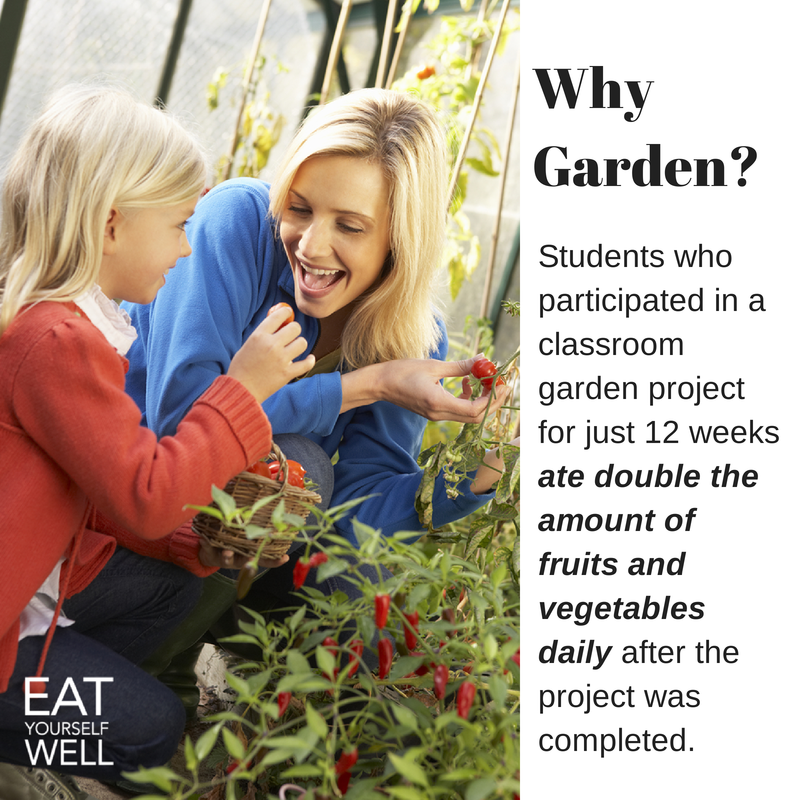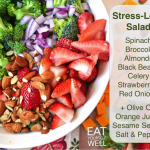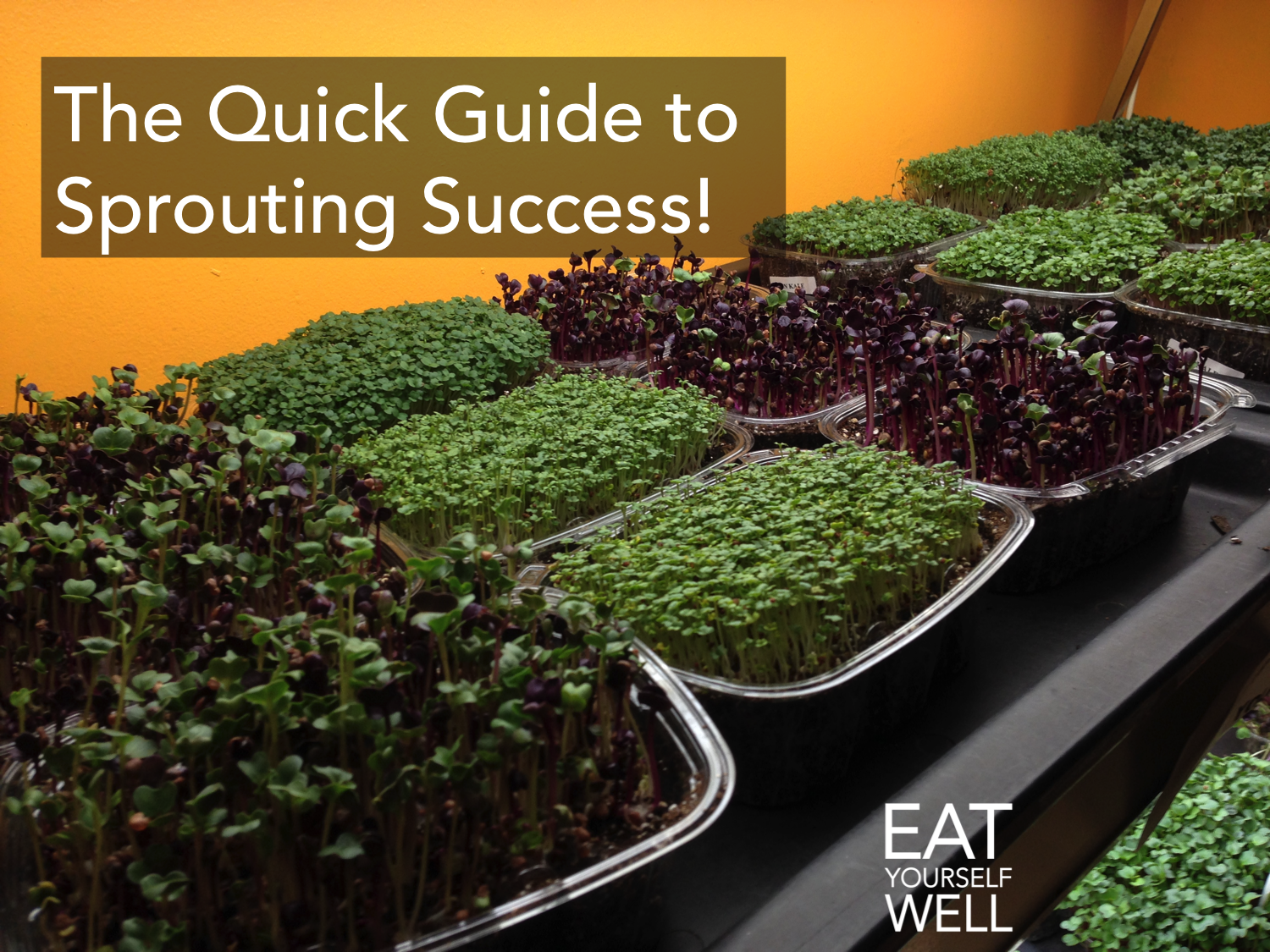 Sprouting is a lot easier than it seems, and you’ll be amazed at how a tiny bit of seed can make piles and piles of sprouts for your sandwiches, salads, casseroles, etc. They’re also great by the handful as quick snacks!
Sprouting is a lot easier than it seems, and you’ll be amazed at how a tiny bit of seed can make piles and piles of sprouts for your sandwiches, salads, casseroles, etc. They’re also great by the handful as quick snacks!
Be sure to involve the kids – you’ll be amazed at how they’ll want to eat the sprouts they grow!
What Equipment Do I Need to Make Sprouts?
A container
Options are almost all affordable (<$20), and range from simple containers with built-in sieves to multi-tiered versions for sprouting several varieties at once. You can also use a simple glass jar with mesh/cheesecloth secured by a rubber band over the opening or screening fastened by a metal, screw-top ring, like this one from Amazon.
Water
Use fresh, clean water (non-chlorinated is best).
Untreated seeds
A few tablespoons of small sprouting seeds (like alfalfa or clover) to half a cup of seed (for large seeds like lentils or beans) are all you need to produce sprouts for sandwiches, salads, and other dishes. Sprouts will double or triple in size, depending on the size of the seed and the variety you are sprouting. Start small, to help ensure you don’t end up with sprouts going bad in your refrigerator. Seeds and mixes are available online from sprout and seed companies, from Amazon, or at your local health food store. You may want to try mixes that include more than one seed type, which can add a nice variety to your sandwiches and salads.
To sprout
Average Number of Days to Finish Sprouts
Lentil Sprouts: 3-4 days
Mung bean Sprouts: 3-5 days
Radish Sprouts: 4-5 days
Mustard Sprouts: 3-6 days
Alfalfa and Clover Sprouts: 5-6 days


